The Requirement of Recognition of Ayurveda as a Scientific Treatment Method
March 24th, 2007 | admin
It is really a strange thing that international communities do not recognize Ayurveda as a scientific method of treatment. This centuries old treatment method has stood the test of time and still flourishes as the prime method of treatment in different parts of India, especially in Kerala and South India. There are systematic methods to identify diseases, prepare medicines, treatment methods. Surgery is also involved in Ayurveda.
Sushrutha, known as the father of modern plastic surgery lived in India many centuries ago and his method was Ayurveda.
Lack of a concerted effort to gather the traditions spread across Kerala and present them in a knowledgeable way is a reason for the delaying of recognition of Ayurveda by international community.
There needs a concerted effort for experiments, clinical trials, in a scientific manner. People generally and westerners in special are somewhat skeptical about the effectiveness and safety of Ayurveda. They require clinical observation and proof after trials – Ayurvedic methods can pass any tests.
However with this clinical trials, we cant forego the traditional methods of preparation of medicines and preparing the patient to receive the treatment. Here the traditional methods of treatment is the best method.
Millions of people pursue AYurvedic treatment in India. The number of foreigners getting favorable results out of different treatment methods is also on the rise. Careful recording of such treatments is the necessary first step towards passing the clinical trials. This is especially true when it comes to treatment methods that can be taken by millions of people worldwide. However, clinical trials are not possible in all cases. Recording as much of the therapeutic processes is necessary to get Ayurveda recognition it deserves. Recording of all possible therapeutic practices can accumulate towards a common database, which provides the necessary statistics about the effectiveness of specific medicines and practices used in Ayurveda.
Another factor is listing of the component herbs – and possibly the derivates from such plants and their specific influences on human body under different conditions. Large scale research is still pending on different medicinal plants from the forests of Kerala, India. Extension of this research can bring out the medicinal properties of plants that grow naturally in other countries. They too will have medicinal properties – it will probably help in developing Ayurveda specific to different countries other than India.




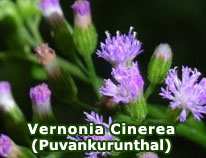
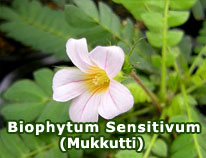
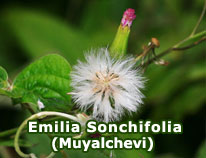
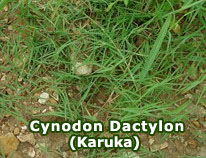
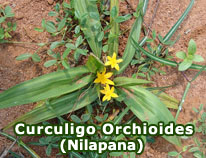
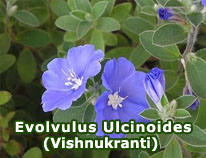
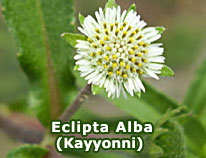
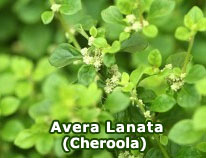
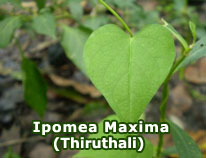
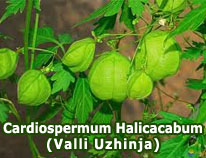
 Loading ...
Loading ...





